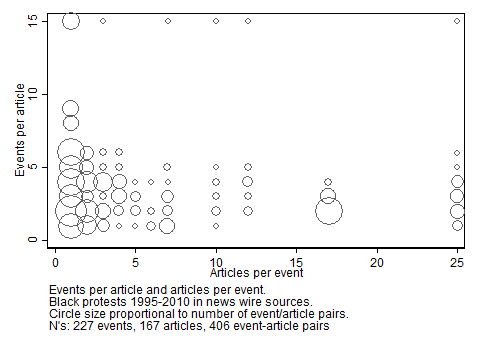What a difference a few months makes. The Black Lives Matter movement was getting a lot of media coverage and popular support between 2014 and mid-2016. Multiple sessions at the American Sociological Association meeting were devoted to it. The Vision for Black Lives, prepared by a coalition named the Movement
Read moreEthnic Dimensions in Social Movements
Majority and minority protest movements have some structural differences and coalitions between majorities and minorities are fraught with difficulties. I’ve posted what I hope is close to the final version of my “Ethnic Dimensions in Social Movements” paper on SocArXiv while it awaits review for publication. It began life as
Read moreAsking the Wrong Questions About Protest
A protest field is like a ball game . . . [with] 12 teams, each trying to win with a somewhat different vision of what winning would mean, employing a wide variety of different kinds of tactics, forming temporary coalitions with other teams, trying to out-guess and out-think those opposed to their interests, and having somewhat different ideas of what the legitimate rules of the game are.
Read moreNews Coverage of Black Protest II: Movement in the Doldrums
SEE CORRECTION People who are not Black activists often believe that the Black movement went away after the late 1960s, either because it won or because people just gave up. And the available data certainly shows a steep decline in Black protest events as covered by the New York Times.
Read more
News Coverage of Black Protests I: Stories, not Episodes
In studying protest events using news sources, it is important to recognize the non-equivalence of events and articles about events. Social movement researchers usually code information about protest events in news sources with the goal of drawing conclusions about the frequency and size of the actual physical events that led
Read more